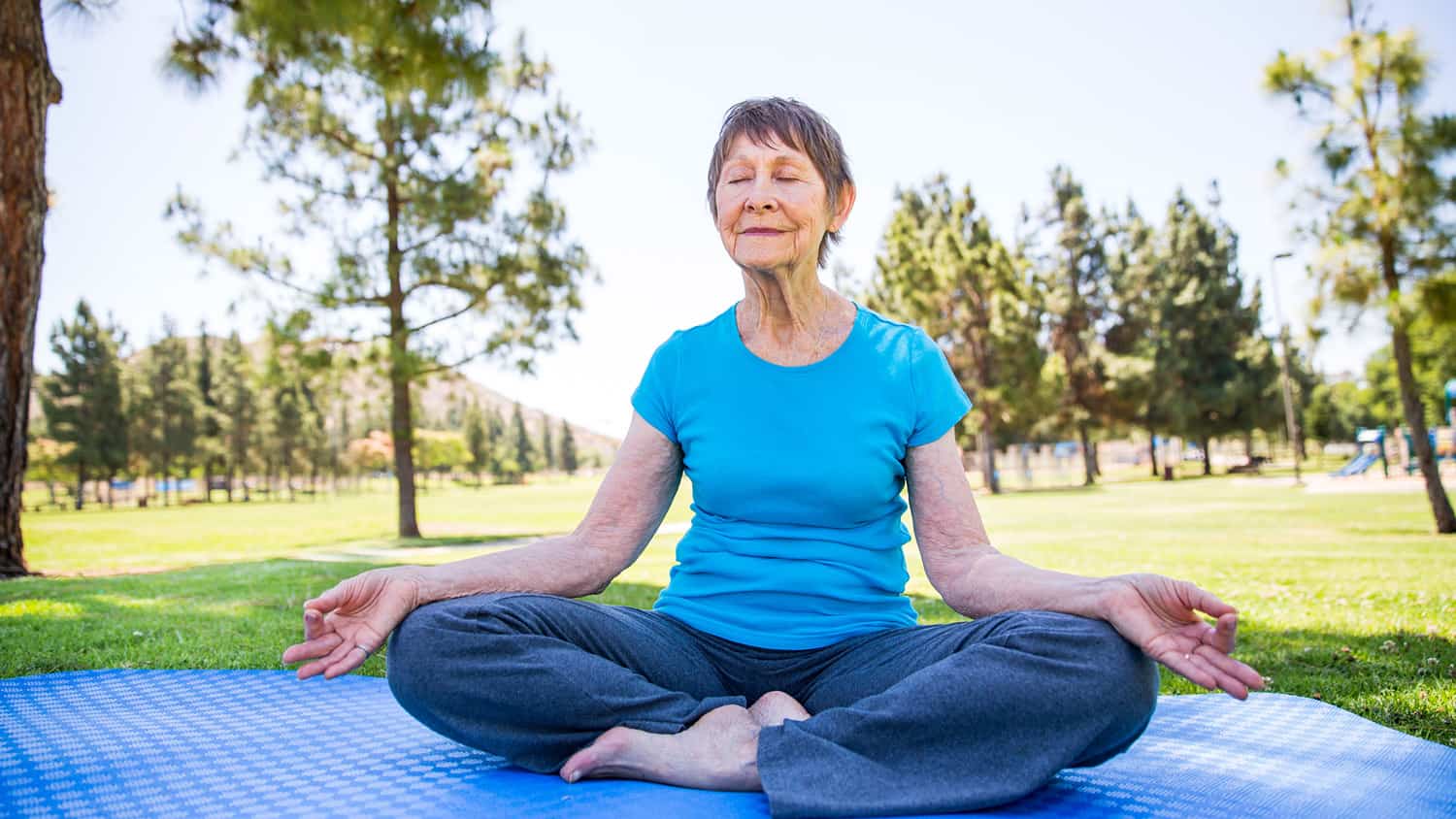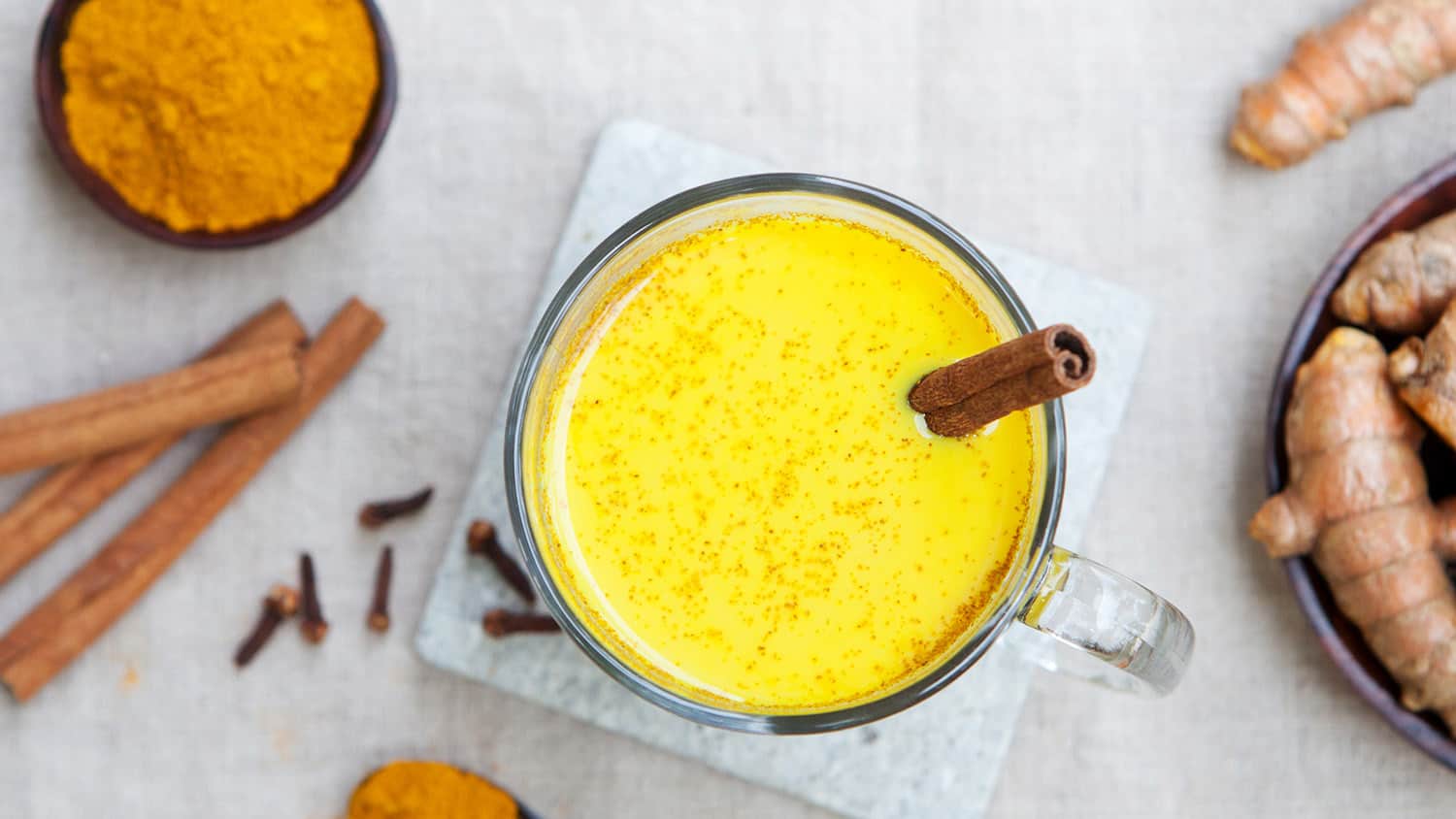
What’s All the Hullabaloo about Mindfulness Meditation?
I sit on my living room floor, in front of the fire, after my morning tea. This is my time; time to slow my breath, relax my body and just be present. This is my way of soothing my mind and releasing the tension in my body. Nothing fancy, nothing strange; this is mindfulness meditation and I love it.
Many of us associate meditation with Eastern gurus in saffron-colored robes, monasteries and chanting – blissed-out mental states that have nothing to do with our ordinary lives. It’s true that the practice of meditation is thousands of years old. But a sweeping change has come, and now it is being practiced by sports teams, car dealers, physical therapy clinics, schools and hospitals!
The evidence is mounting daily. You can’t ignore it. Your doctors, dentists and therapists are talking about mindfulness meditation, a simple practice that helps reduce loneliness, insomnia, chronic pain and depression, just for starters!
Research Supports the Value of Mindfulness Meditation
Around the world, researchers are reporting astonishing benefits particularly relevant to older adults. For example, a recent UCLA study found that mindfulness meditation reduced loneliness and improved immune functioning in adults, mostly women, ages 55 to 85.
Additionally, research has indicated that mindfulness meditation can slow the aging process for women, reduce the suffering associated with chronic pain, reduce the likelihood of relapse in depressive illness and improve brain and immune function.
Is this enough to arouse your curiosity? Should you take a closer look at this technique?
It depends. Maybe you are a relaxed woman who is able to focus peacefully on the small moments of folding laundry, cooking, watching the birds, playing with grandchildren. But if you suffer from anxiety, racing thoughts, depression, chronic pain or difficulty sleeping then definitely yes! You owe it to yourself to find out more about this free, harmless and research-based effective practice that can enhance your quality of life.
What Is Mindfulness Meditation?
I checked out dozens of descriptions and definitions and this was the one that made the most sense to me:
“Mindfulness meditation is the practice of paying attention to what you’re experiencing from moment to moment without drifting into thoughts about the past or concerns about the future and without analyzing or making judgements about what is going on around you.”
What Does It Look Like?
You sit quietly every day for five minutes or longer relaxing your body, focusing on your breath, and practicing other mental techniques to slow your thoughts. Don’t worry, I will give you more details and examples!
Here is how I learned to meditate, what I tried and what worked for me.
In my 60s, I found myself struggling with persistent anxious worry due to family issues. I knew I needed to find a way to calm myself. So, I sat myself down, crossed my legs, and contemplated my breath. For about five seconds. Then thoughts came crowding in and I decided, I can’t do this!
But calming my anxiety was a powerful motivator, so I attended workshops, read books, and listened to CDs. Finally, I read a book about meditation for women that told me that in the West – as opposed to the Eastern parts of the world – we need things for our minds to focus on. Emptying our minds just does not work!
Plus, women are so accustomed to thinking and planning that it is impossible to just shut off our minds. The only solution was to give the mind something else to focus on, something calming. Finally, someone understood!
The book taught about a five senses meditation where you notice in turn what you are hearing, smelling, tasting, feeling on your body and seeing. This worked for me! I loved noticing all the things going on that I had never noticed before. Thus gradually I created my own system that keeps my mind occupied and focused on slow, restful present-moment things.
I am going to share with you, very specifically, the mental techniques that finally helped me to slow down my mind, my heart and my breath.
How My Mindfulness Meditation Works
First, I get comfortable, sitting or lying down, on a chair or on the floor, outside or inside; it does not matter. I close my eyes.
I take a few deep breaths, noticing what they feel and sound like. This always creates a grounding feeling, like, Oh yes, here I am.
Next, I go through each of the five senses, about two minutes each. Every time my mind wanders, I gently bring it back like a little puppy. For each sense, the trick is to really deeply focus on it and tune in to the smallest details. My favorite is the listening.
What am I hearing right now? Spend at least two minutes noticing every detail of what you are hearing. What am I tasting in my mouth? What am I smelling? What am I feeling in my body? The last thing I do is, I open my eyes and notice what am I seeing around me, noticing even tiny details. By then my mind is nice and slow.
I do a gratitude meditation. I remember all the things I am grateful for since my last meditation. I’m always amazed at the small precious things I had forgotten all about.
I imagine the people I love bathed in a warm glow.
Finally, I pay attention to my breath again for a few seconds.
This whole practice can take from 10 to 40 minutes. When I am finished, I feel calm, slow, and relaxed, with a delicious sense of well-being. If I get an upsetting text or phone call, I am much less ruffled by it. This peaceful feeling lasts for at least a day, maybe more.
Further Suggestions
Some people may be able to practice and reap the benefits of meditation by relaxing in their living room, listening to their breath and perhaps using other mental techniques. Others may need to learn through personal instruction, such as a guided meditation class.
I checked online and there seem to be some offered through community education, hospitals and yoga studios. A guided meditation CD may also be a great option. I checked the library and there were a few choices. Jon Kabat-Zinn is the person who introduced mindfulness meditation into the world of Western medicine, and he has quite a few CDs available.
We older women are mistresses of reinvention. We know we need to be flexible and open-minded. We are practical, and we do what works. So maybe it’s time for you to sit down, cross your legs – or lie on the couch – take a deep breath, and try something new.
Have you thought about or tried meditating? Do you think that mindfulness can help us stay in the present moment and not worry about the future? What resources would you recommend to others in the Sixty and Me community? Please share with the community!
Tags Healthy Aging






